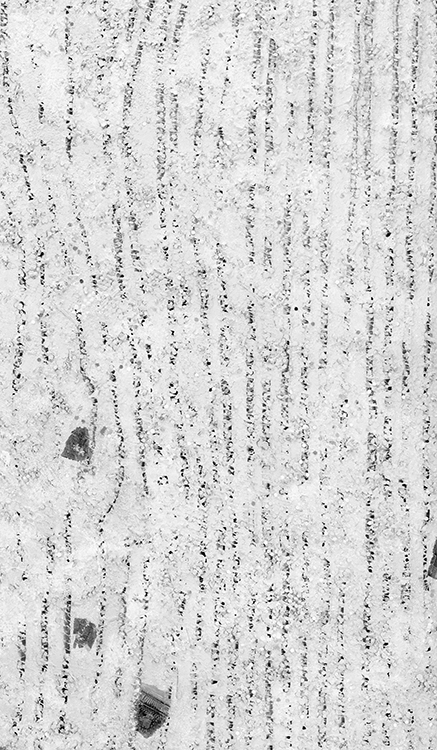

IN JANE EYRE, when Mr. Brocklehurst exhorts Miss Temple at Lowood orphanage—“Oh, madam, when you put bread and cheese, instead of burnt porridge, into these children’s mouths, you may indeed feed their vile bodies, but you little think how you starve their immortal souls!”33—it is reminiscent of the doctrine of all my primary school teachers, beginning with Miss Greenidge’s Dame School when I was three years old. It strikes me that they may have read and lived by this and that I may have been one of those children, though not in an orphanage, but yet in the great storeroom/training school of British imperialism.
The girl in the photograph—who is and is not me, who is and is not the reader—is still making the photograph. Her sisters and her cousin around her are also making their own photographs, despite her earlier assumption that it is she who is most active in the photograph. That is the beauty of a photograph. The succeeding hours outside the photography studio still have not happened—Vanity Fair has not been read; Jane Eyre has not been read. The tensions in the photograph, the set of colonial and other relations that bring all into the studio, may also be arranged toward or in another narrative. The photograph is previous. The aunt may have gone back to Tenerife. Over the phone in the present, Tenerife is so vivid in her recollection as a site of beauty and longing. The activity, the haste (of the studio—the brown curtain, the flowered floor); the frame, which one has to adjust oneself to or refuse, something like an autobiography, is only becoming present; but the tensions of the frame suggest a small resistance, if not by the girl who is alleged to be me, then to the autobiography of the composed subject. The disarray of the participants; their permeability and liminality, which are the only possessions they have at the moment of taking the photograph—their nothing-yet future and their still-unknown (to themselves) past—all this can still become. The girl who is supposed to be me is insisting on a photograph, an autobiography of some kind. She does not yet understand (maybe she only glimpses) the full-on violence of narrative. She is trying to be, to centre the girls in the photograph, to find the new medium.